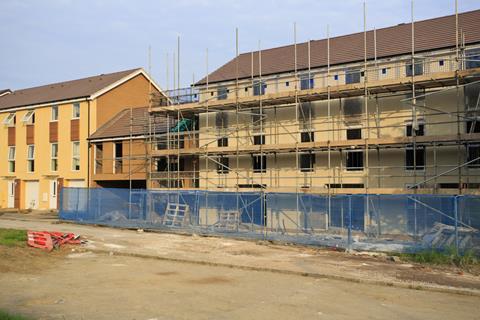Latest figures show slow growth in completions prior to pandemic
Completions of affordable housing schemes rose by just 1% in 2019-20, prior to the impact of the covid pandemic, according to official figures.
The government figures show 57,644 affordable homes were built in the year the end of March 2020, the highest in five years, but only marginally above the level seen in 2018-19.

The figures showed that the number of hoes built by local authorities increased to its highest level in almost 30 years, with 6,531 homes built accounting for 11% of the total.
However, more than four out five homes continue to be built by private registered providers, mainly housing associations. A record proportion of 52% of homes were delivered via Section 106 planning gain agreements with developers.
This reliance on planning gain comes despite the government having pledged to abolish the use of section 106 to provide affordable housing in the planning reforms set out over the summer.
Last week the government released housebuilding “net additions” data also showing a 1% rise over the year.
The small rise in completions contrasted with a much larger rise, of 13%, in starts on site, with 68,346 homes started. However, many of these starts will have been subsequently affected by the construction shutdown in spring, and it is not clear how many will feed through into completions in 2020-21.
Olu Olufote, founder of the homeownership platform, RenterBuyer, said: “The small 1% increase in the number of affordable home completions last year is consistent with previous years but the impact of the pandemic during 2020 would suggest worse figures to come for the year to March 2021.
“We can also expect to see a big slowdown in construction that might offset the 13% increase in the number of starts on site.”










No comments yet